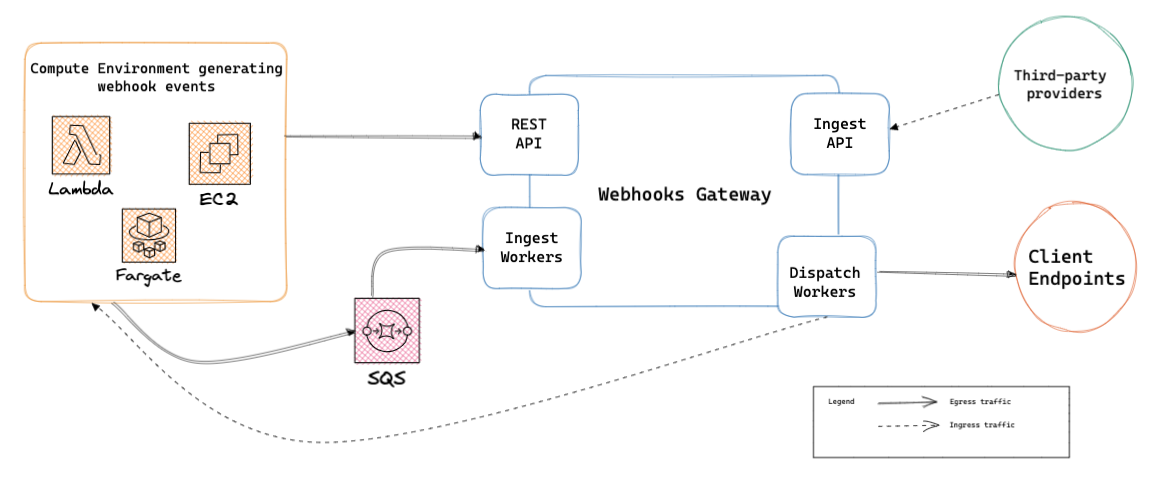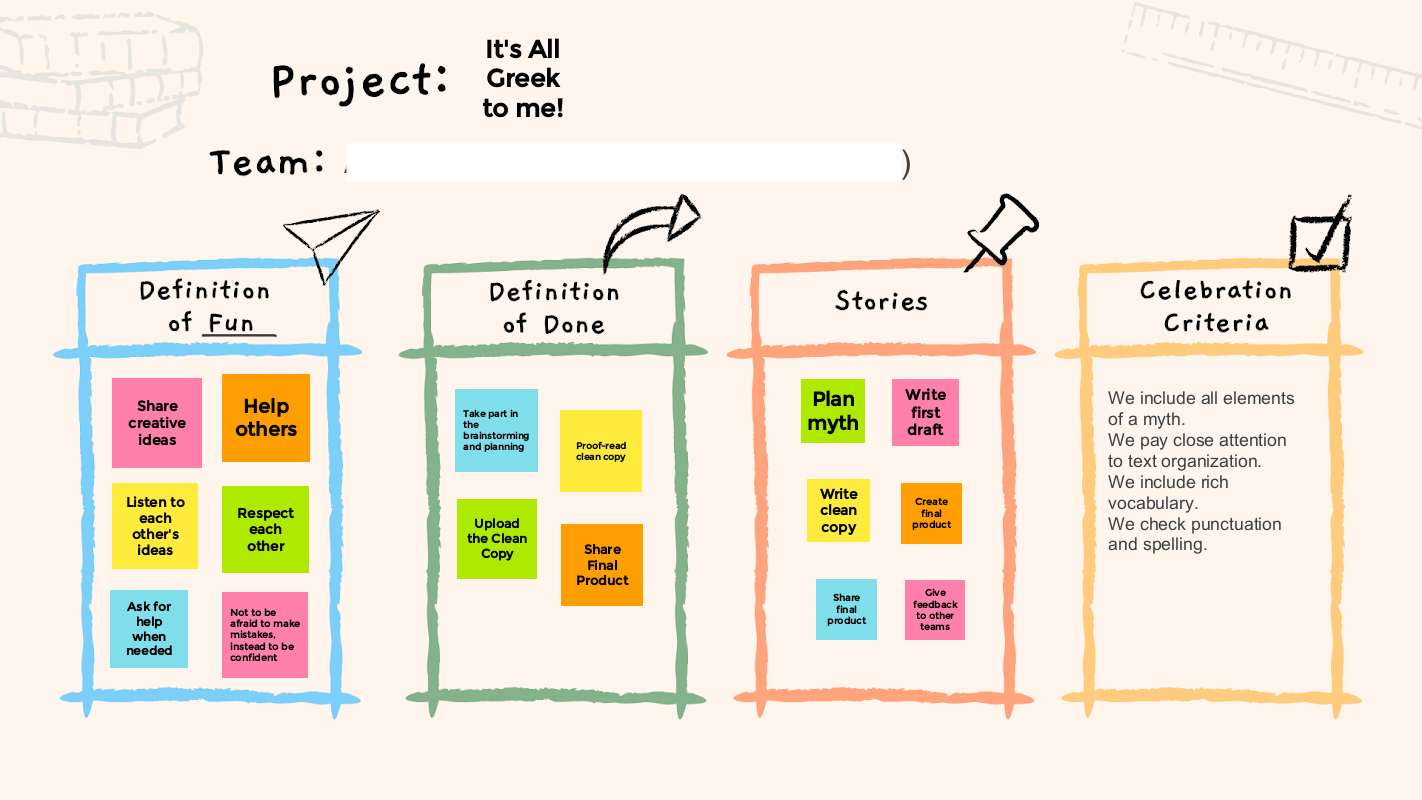In this post, we’ll go through the 5 most popular API styles and look at very common questions like “How to decide on the right API style and which technology to choose for a style” and provide practical scenarios where an API Gateway can supplement their weaknesses. By Bobur Umurzokov.
APIs are an essential design element in any software architecture that interconnects components digitally and allows various systems and devices to communicate easily with each other. When we built a new API, initially we think about the API design, and how the API interacts with the external world by using which style and technology.
The infromation contained in the article:
- No best API style
- Resource style
- Hypermedia style
- Query style
- Tunnel style
- Event-based style
As we reviewed, 5 styles were the foundation of popular approaches and technologies such as REST, OpenAPI, HTTP, gRPC, GraphQL, and Kafka. The most important lesson to learn about these 5 API styles is that there is no “best style”. When it comes to choosing an API style, it all boils down to the following 3 classes: a problem, consumers, and context. Nice one!
[Read More]
